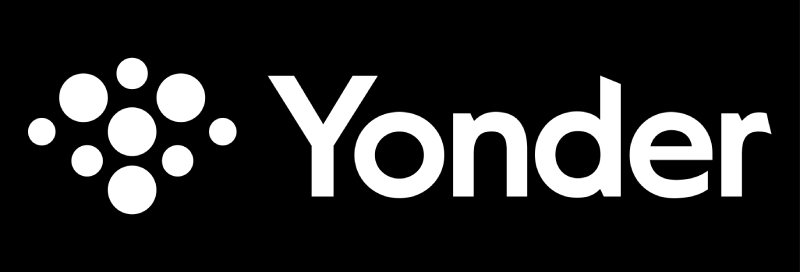IGBT Rectifiers: The Power Behind Efficient Conversions
What is IGBT Rectifiers?
An IGBT rectifier (Insulated Gate Bipolar Transistor rectifier) is transforming the landscape of industrial power conversion by delivering unmatched efficiency, compactness, and control. Unlike traditional diode or thyristor-based systems, IGBT-based rectifiers offer dynamic power flow control, minimal energy loss, and superior harmonic performance. These features position them as a top choice in advanced applications such as hydrogen electrolysis, renewable energy, electric vehicle (EV) charging, data centers, and industrial automation.
Despite their advantages, adoption of IGBT PWM rectifiers in many sectors remains limited—primarily due to low awareness around their long-term performance and ROI benefits. As industries seek smarter and more efficient energy solutions, IGBT rectifiers are becoming essential to modern power infrastructure.
How Does an IGBT Rectifier Work?
An IGBT rectifier functions by using high-speed switching to precisely control voltage and current output. Unlike thyristors or diodes, IGBTs can be turned on and off at will, making them ideal for dynamic or fluctuating loads.
A typical IGBT-based rectifier architecture includes:
- IGBT switching modules
- Gate driver circuits
- Pulse-width modulation (PWM) controllers
- Feedback and monitoring systems
These components enable fine-tuned power regulation, crucial for critical loads like electrochemical systems, high-performance motors, and digital manufacturing equipment.
Key Benefits of IGBT PWM Rectifiers
🔋 High Efficiency
IGBT PWM rectifiers reduce both switching and conduction losses, regularly achieving efficiencies above 95%. This contributes to lower operating costs, smaller thermal footprints, and longer equipment life.
⚡ Precision Voltage and Current Control
Advanced PWM techniques allow IGBT rectifiers to maintain tightly regulated output, essential for hydrogen production, battery charging, and plating operations where voltage fluctuations can cause failure or inefficiency.
📦 Compact and Lightweight Design
High switching frequencies in IGBT-based rectifiers enable smaller transformers and inductors, reducing overall system size. They are ideal for space-constrained facilities, offshore platforms, or mobile systems.
📶 Low Electromagnetic Interference (EMI)
Cleaner switching patterns in IGBT rectifiers result in reduced EMI, lower acoustic noise, and improved compatibility with sensitive electronic environments like cleanrooms or laboratories.
⚙️ Fast Dynamic Response
Able to react within milliseconds, IGBT PWM rectifiers maintain voltage stability under variable loads—crucial for EV charging infrastructure, robotic systems, and automated production lines.
🧩 Modular and Scalable Architecture
Modern controlled IGBT rectifiers often feature modular design with dynamic load-sharing and redundancy, ideal for expanding power systems or mission-critical infrastructure.
🔄 Reduced Total Harmonic Distortion (THD)
With active front-end (AFE) topologies, active front end IGBT rectifiers minimize THD, helping industrial systems meet IEEE 519 and other power quality standards.
🔁 Bidirectional Power Flow
Some IGBT rectifiers enable both rectification and inversion, making them suitable for regenerative braking and energy recovery systems.
🌐 Digital Control and Remote Monitoring
Advanced models support SCADA, PLC, and IoT connectivity for real-time diagnostics, energy reporting, and predictive maintenance.
🛠️ Longer Lifespan and Reduced Maintenance
By eliminating mechanical wear and reducing thermal cycling, IGBT-based rectifiers offer longer operational life with fewer service interruptions.
Why IGBT Rectifiers Are Reshaping Modern Power Systems
When we talk about efficient, precise, and future-ready power conversion, IGBT rectifiers are leading the charge. They combine the controllability of transistors with the robustness of traditional power electronics, making them ideal for applications where both performance and reliability are non-negotiable. Whether it’s maintaining flawless DC power for hydrogen electrolysers or delivering ultra-fast response in EV charging systems, IGBT PWM rectifiers adapt to fluctuating loads without compromising efficiency. This flexibility isn’t just a technical perk—it’s the reason industries are switching from older SCR designs to fully controlled, digitally monitored IGBT systems that meet the strictest power quality standards.
Choosing the Right IGBT Rectifier for Your Industry
Not all three-phase IGBT rectifiers are created equal, and the right choice can make or break your power infrastructure’s performance. Factors like output voltage range, harmonic suppression, thermal management, and digital integration determine how well your rectifier will serve over its lifetime. For example, a controlled IGBT rectifier in a renewable energy plant must handle variable generation inputs while keeping grid compliance intact, whereas an IGBT boost rectifier in an industrial plating line must deliver perfectly stable output under heavy load. Partnering with an expert engineering team ensures you get an IGBT rectifier that isn’t just efficient on paper—it’s a long-term investment in uptime, scalability, and sustainability.
IGBT Rectifier vs SCR Rectifier: What’s the Difference?
When comparing an IGBT rectifier vs SCR rectifier, the distinctions lie in control capability, power quality, and efficiency:
Feature | IGBT Rectifier | SCR Rectifier |
Control Type | Fully controllable (PWM) | Semi-controlled (phase angle) |
Harmonics | Very low (with AFE) | Moderate to high |
Power Factor | Unity (with AFE) | Low |
Dynamic Response | Fast | Slow |
Size and Weight | Compact | Larger |
Application Flexibility | High | Limited |
While SCR rectifiers have been reliable for decades, especially in older plating or drive systems, the performance of modern IGBT boost rectifier designs now far exceeds their capabilities—particularly in industries requiring clean, responsive, and scalable DC output.
Applications of IGBT Rectifiers Across Industries
IGBT rectifiers are highly versatile and widely used in:
- Hydrogen Electrolysis: Consistent DC power delivery for water splitting
- Renewable Energy: Grid-tied solar and wind inverter systems
- Industrial Drives: High-speed control for motors and pumps
- EV Charging Stations: High-efficiency power transfer with modularity
- Battery Charging: Fast and accurate charge control
- Welding Equipment: Stable arc control for precision welding
- Three-phase IGBT rectifiers: For large-scale power systems with balanced loads and minimal distortion
Why Choose an IGBT Rectifier?
Choosing an IGBT rectifier means future-proofing your infrastructure with:
- Lower total cost of ownership (TCO)
- Seamless integration with smart control systems
- Greater precision, scalability, and safety
Challenges to Consider
While IGBT PWM rectifiers offer many benefits, they come with considerations:
- Higher Upfront Cost: Initial investment may exceed that of simpler rectifiers.
- Thermal Management: High switching speeds demand efficient cooling.
- Component Sensitivity: Manufacturing quality and design standards must be stringent.
These challenges are manageable when working with an experienced engineering team and reliable vendor.
How to Choose the Right IGBT Rectifier
Key selection criteria include:
- Output voltage and current requirements
- Switching frequency and modulation technique
- Environmental conditions (humidity, temperature)
- Application-specific needs such as IGBT boost rectifier design for fast response or controlled IGBT rectifier modules for precision plating
Yonder H2: Engineering Advanced IGBT-Based Rectifiers
At Yonder H2, we design and deliver cutting-edge IGBT-based rectifiers tailored for hydrogen production, renewable power, and advanced manufacturing systems. Our engineering focus is on:
- In-house R&D and customization
- Modular design with digital controls
- Robust thermal management solutions
- Real-time system diagnostics and monitoring
Whether you’re building a scalable EV charging platform or a zero-carbon hydrogen facility, Yonder H2 brings the power of innovation to your project.
FAQs About IGBT Rectifiers
1. Are IGBT rectifiers suitable for all applications?
Yes, especially in industries requiring high power, fast response, and precise control.
2. Can I replace a thyristor system with an IGBT rectifier?
Retrofitting is possible, though control logic and interfaces may need upgrades.
3. What’s the main advantage of IGBT PWM rectifiers?
Superior output control, lower harmonic distortion, and higher energy efficiency.
4: What certifications should I consider?
Ensure compliance with CE, ISO, and grid-related EMI standards like IEEE 519.
5. What advantages do IGBT rectifiers offer over SCRs?
IGBT rectifiers provide higher efficiency, precise voltage/current control, lower harmonics, and faster response compared to SCRs. They’re also more compact and support active power factor correction.
6. Can IGBT rectifiers run in four quadrants?
Yes, when designed as active front-end or bidirectional systems, IGBT rectifiers can operate in all four quadrants—supporting both motoring and regenerative modes in both directions.
Final Thoughts
IGBT rectifiers are not just an upgrade—they’re a necessity in today’s high-performance energy landscape. Whether you’re designing a three-phase IGBT rectifier for clean power conversion or integrating an active front end IGBT rectifier for renewable systems, these technologies deliver both control and efficiency. From electrolysis to electrification, these systems offer the precision, scalability, and intelligence needed for modern industry.
Contact Us at info@yonderh2.com to explore how a custom-engineered IGBT boost rectifier design can transform your power system.





